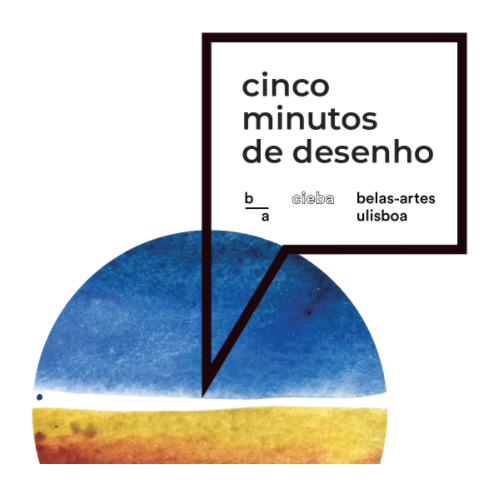Estrutura e arrasto
I’ve learned animation by doing it.
Drawing was what I wanted since I was little, something related to drawing, to one day do something in life that had to do with drawing.
Drawing is structure. I like to feel that structure, that there’s something solid underneath the forms. And drawing always interested me a lot. In animation, I started using engraving also by chance and it has to do with drawing.
In my first film, I started to make a storyboard. I happened to pick up a pencil that was handy which was burnt carmine pencil. A person doesn’t even notice. One starts developing things, then it starts developing an aesthetic, a graphic line and much of the texture, reminding the engravings of the animated films of Piotr Dumala. That’s why I’ve started using engraving and I liked it very much.
Coincidentally in the Fine Arts classes, I learned printmaking techniques. That’s where I developed the ‘Tragic story’, not with the intention of making a film. I was already making ‘The night’.
I finished making “The night”, and once again Abi [Feijó], my mentor, came and said “Regina, why don’t you take that story that you developed in school and turn it into a film?”
That’s when I started to adapt “Tragic story” with my things, dress it up in a fictional outfit, but with very personal contents.
Then the other films followed this line, because eventually it created my own way of being able to make films, to make stories.
My movies are melancholic and the traces are also related to that, by a gesture that leaves a mark behind.
I started to enjoy very much these traces and the feeling of being pulled and in “Kali” I tried to do that intentionally.
My earliest memories are from 4 years old. My vivid memories. And ‘Uncle Thomas’ was the bachelor uncle and in fact, he was sensitive, he welcomed his nephews/nieces that had more difficulties, me and my cousins, and tried to entertain us.
The drawings on the wall with charcoal were one of the ways that he entertained us.
There it is – the engraving became one of my main techniques. The engraving is very connected to drawing, the mark, the intent of the gesture.
It’s really about leaving a mark, isn’t it? To tear it.
When we make a drawing, there’s a gesture, a feeling of vigour. Perhaps my drawings have more to do with that. I need to feel a certain force.
I have difficulty detaching myself from each image. I think it has to do with our training in Fine Arts.
This balance, the trace, and also what I like, which is, when the image stops, I like that image, that composition, I like this balance.
Since then someone told me to pay attention to the proportions, but ‘Uncle Thomas’ showed me another way of drawing and other solutions when there seems to be no solution.
So that’s the effect of astonishment and surprise and joy of doing it, which was very good. We don’t have to confine ourselves to the classic surface of paper, to the sheet of paper, but for the drawing to come off the paper and to take on other dimensions.
And that was very important.
Regina Pessoa nasceu em Coimbra e licenciou-se em Pintura pela Faculdade de Belas Artes do Porto.
Em 1992 começou a trabalhar em animação como animadora nos filmes “Os Salteadores”, “Fado Lusitano” e “Clandestino” todos de Abi Feijó. Em 1996 começa a realizar os seus próprios filmes de animação: “A Noite” (1999), “História Trágica com Final Feliz” (2005), “Kali o Pequeno Vampiro” (2012) e “Tio Tomás a Contabilidade dos Dias” (2019), com os quais obtém um grande reconhecimento e ganha inúmeros prémios nos principais festivais e eventos mundiais (Annecy, Annie Awards, Hiroshima, … ), tornando-se uma referência incontornável da Animação Portuguesa e reconhecida recentemente no Top 3 dos melhores realizadores mundiais dos últimos 25 anos (Animac’2021).
Três dos seus filmes fazem parte da lista de filmes do Plano Nacional de Cinema, e são estudados por crianças e jovens das escolas Portuguesas.
Em 2016 torna-se “Senior Lecturer” na escola de Animação Alemã FILMAKADEMIE e em 2018 é convidada para ser membro da Academia de Artes e Ciências Cinematográficas de Hollywood.
